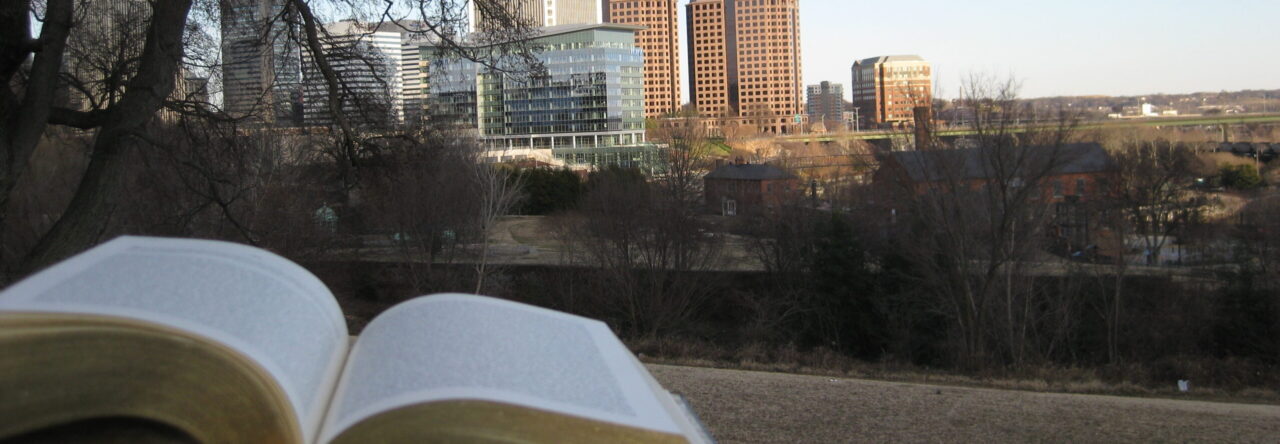Analysis Essay: Going Deeper with “Writing Our Way Out”
In “Writing our Way Out,” David Coogan weaves together the memoirs of incarcerated men with his own narration of the development of those memoirs. Coogan gives them writing prompts and leads discussions that guide the men toward a particular kind of writing which pushes the writers to think deeply, to tell about themselves and their lives.
Coogan says “…we don’t need essays blaming abstractions like environments. We need the story about how you perceived the things in your environment.” (33)
Focus on one of the memoirs in the book, one man’s story. Look carefully at the ways he puts his story into words. Observe his word choice, metaphors, and the details he shows. Can you see both the story of his life and also a deeper meaning? How does the writer create a world for his readers that communicates the intertwining of individual choice and the choices available in the environment?
Begin to write an essay which analyzes the creative elements in the story to show what meaning the writer finds from his own story. By looking closely at the text, can you identify the story under the story? Can you show how the writer was “writing his way out?” Was this particular author successful in writing his way to a new understanding?
Part 1: Create a compost heap of quotes which you believe contain elements which move beyond generalization or “mere facts.” Write the quotes and their page numbers in a list.
Choose one quote to start with, and write a paragraph in which you analyze the language in the quote, looking for metaphors, resonance and meaning. What is happening in that quote? Do this for several more quotes. Do you see a pattern? What are you learning about how the writer is creating meaning?
BRING THE COMPOST HEAP TO CLASS ON SEPT. 14
Part 2:
Write a rough draft of an essay, building on your compost heap. What conclusion can you draw about the message conveyed through the life story the writer tells? Explain, using close textual analysis, how you come to this conclusion.
Your draft essay should be about 5 pages (font size 12, double spaced, MLA in text citation) Assume your reader has read the book once, and you are taking her to a new level. In a college setting, a reader will expect an introduction that introduces the work under examination with a brief summary, and also your particular insight about it (your thesis). We expect that the rest of your discussion will be close textual analysis –using the words of the book– which shows us how to arrive at your thesis.
BRING THE ROUGH DRAFT OF THE ESSAY TO CLASS ON SEPT. 21 ON PAPER TO TURN IN to Dolson
-Dolson will read all of the rough drafts and evaluate the level of analysis it achieves, providing you with feedback that you can use to create a new draft. NOTE that the feedback will about analysis only! So it doesn’t have to have all the smoothness of a final draft. BUT: every quote should include its page number! In order to evaluate the analysis, I have to go to the spot in the book and look at the context!
Note that this evaluation will not be counted in your 100 point total for the class. This essay will receive a grade only in its final form (due Nov. 14)
*Save the compost heap and rough draft as separate documents in your private folder in Google. These documents will be important for the midterm portfolio.
FINAL VERSION for grading:
You should work independently on your essay after your paper conference. Keep a version of the draft you first submitted. Make a new version of the document and revise from that one.
BRING your revised essay to class on Tuesday, Nov 7 for a peer workshop, using the grading rubric
TURN IN your finished essay on Tuesday, Nov. 14, printed and stapled. Format: MLA in-text citation, double spaced, pages numbered, and name in top right corner of first page.
